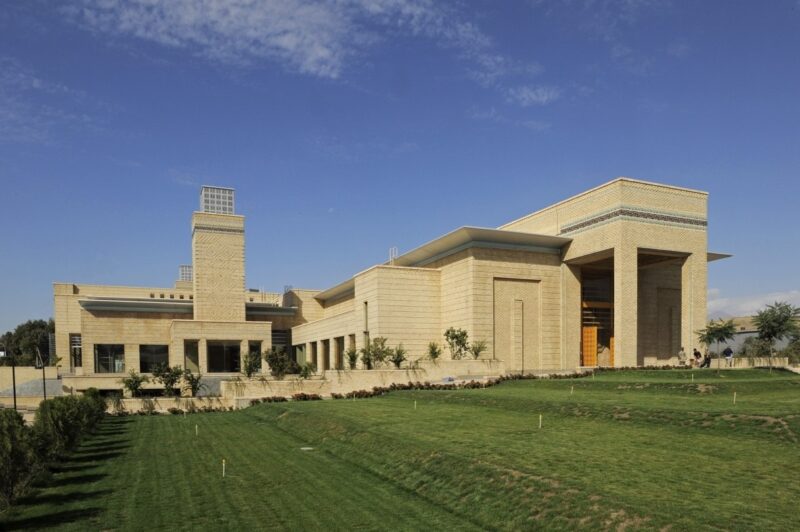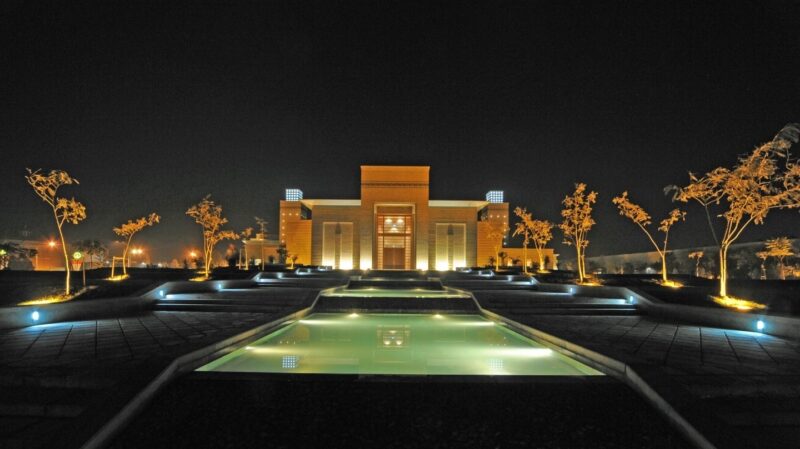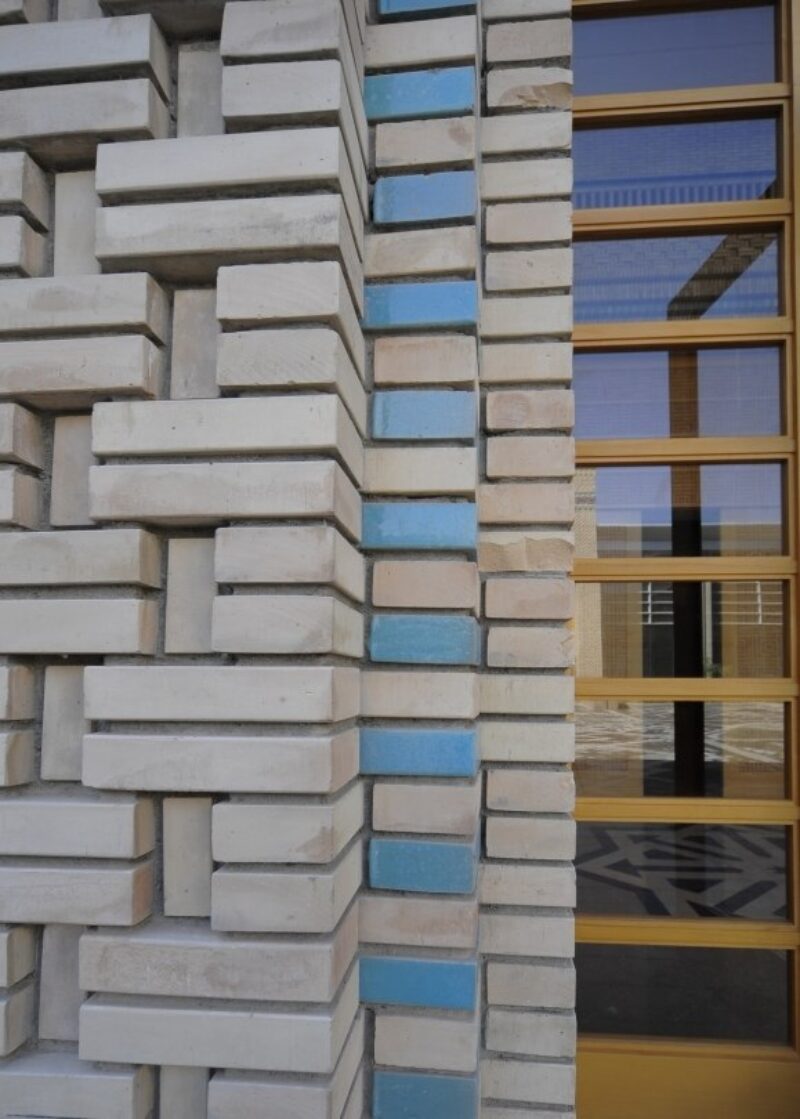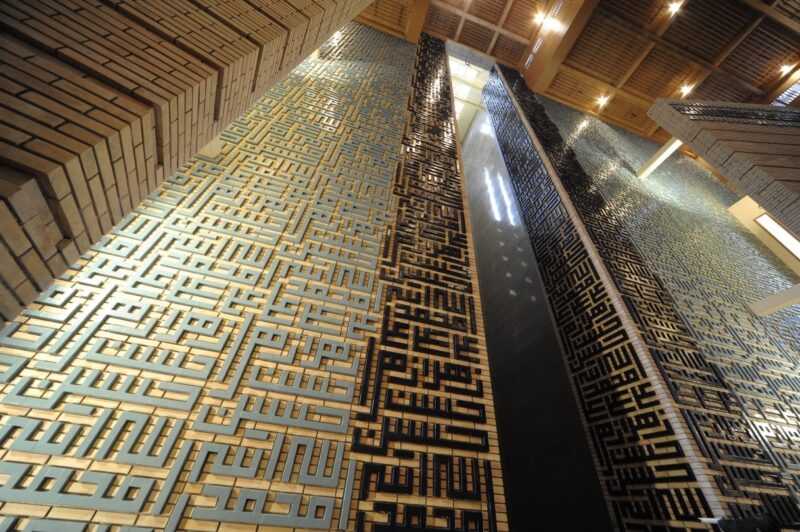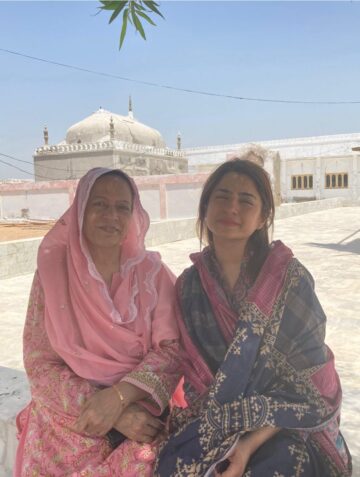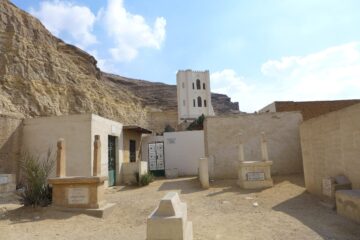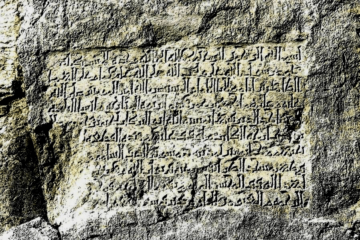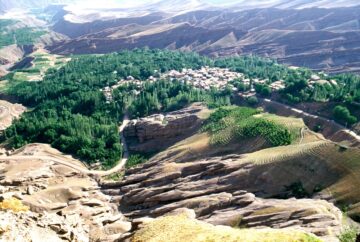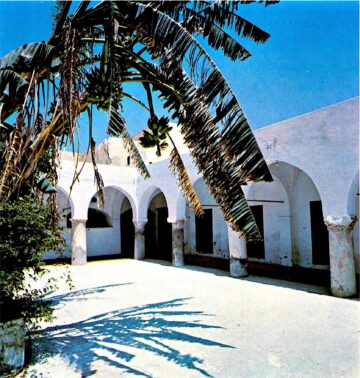The Ismaili Centres are symbolic markers of the permanent presence and core values of Ismaili communities around the world.
Incorporating spaces for social and cultural gatherings, intellectual engagement and reflection, as well as spiritual contemplation, they are bridges of friendship and understanding, and serve to enhance relationships among faith communities, government, and civil society.
The foundation stone for the Ismaili Centre, Dushanbe was laid 20 years ago on 30 Aug 2003.
At the ceremony with the 49th Ismaili Imam, Shah Karim al-Husayni, Aga KhanA title granted by the Shah of Persia to the then Ismaili Imam in 1818 and inherited by each of his successors to the Imamate. IV to mark the event, President Emomali Rahmon took the opportunity to underline the commitment of the Government of Tajkistan to provide enabling conditions for the development of institutions promoting ‘freedom of conscience, pluralism and faith’ as well as ‘exchange of opinions and national accord in society.’
In his own remarks, the Imam called the Centre ‘a place where people will come together to share their creativity and their wisdom,’ saying the Centre would ‘recognize and promote the plurality of traditions and forms of expression to which Central Asia has been a welcoming home and eminent crossroads over the centuries.’
The Centre, the Imam continued, would be ‘a place for contemplation, upliftment and the search for spiritual enlightenment,’ noting how significant it was that the ceremonial laying of the foundation stone coincided with the celebration of the 1000th anniversary of the world-famous Ismaili poet-philosopher, Nasir-i Khusraw.
‘Bequeathing a legacy that to this day enlightens the region’s intellectual traditions,’ said the Imam, ‘Nasir-i Khusraw was among the premier thinkers whose contributions will be celebrated in the space that we initiate today.’
The Imam further described the Centre’s intended role in revitalising the inheritance of ‘Rudaki, as also of Firdawsi, al-Biruni and Ibn-Sina, amongst other giants of learning’, who flourished under the patronage of the Samanid dynasty that straddled the 9th and 10th centuries.
The design brief for the Ismaili Centre, Dushanbe was to establish a complex representing the great architectural traditions of this region, including its construction techniques, materials, and decorative motif. It is in this context that its three million clay bricks, punctuated with blue- and turquoise-glazed bricks, have become its most distinctive visual aspect.
Inaugurated six years later in Oct 2009 by the Imam and President Rahmon, the Ismaili Centre, Dushanbe is set on its own terraced rise from Ismail Somoni Avenue in the heart of Dushanbe, presenting a stately landmark on the inner fringe of a growing metropolis. The avenue is named after the early 10th-century founder of the Samanid dynasty, who is considered Tajikistan’s national hero.
Situated on a major thoroughfare, the Centre complements prominent public spaces in its proximity, from the Kohi Borbad Concert Hall to Lake Komsomol. Readily accessed from beyond the oak trees along the quieter Sportivnaya Street, the Centre projects a reassuring sense of continuity.
Inspired by some of the region’s most distinctive monuments, the architecture of the Centre blends many different craft and artisanal traditions of Central Asia, acknowledging the vernaculars of the 10th-century mausoleum of the SamanidsMuslim dynasty in the Khurasan and Transoxania region of mediaeval Persia (900–1005). as well as the grand courtyards of Samarkand, BukharaA city in modern-day Uzbekistan, Central Asia, known for its Islamic artistic and architectural heritage., and Khiva.
Exquisitely embedded within each of its five dignified oblong minars in the aforementioned blue- and turquoise-glazed brick is calligraphy in stylised kufic acknowledging the singularity and majesty of the Almighty.
Under the resplendent canopy of the main entrance to the Centre, a more humble design draws on the traditional Pamiri chorkhona, a skylight in layered concentric squares recalling ancient philosophical symbols for earth, water, air and fire that became assimilated into the cultural traditions of Central Asia. Repeated frequently throughout the Centre like the chorkhona, a brick-like pattern on the massive wooden portals represents the chahar bagh (lit. four gardens) promised in the courtyard now distantly perceptible.
Laid out quadrilaterally and distinguished by walkways or flowing water separating them, chahar baghs immediately evoke the four rivers mentioned in the Qurʾan of the gardens of paradise.
In the courtyard of the Ismaili Centre, Dushanbe, Persian silk trees shade bubbling fountains and interconnecting channels of the chahar bagh, whose serenity is protected by four iwans, tall, rectangular portals to other spaces in the complex.
Open to the sky, and surrounded by classrooms, this tranquil space facilitates interaction with a knowledge centre that is furnished, wired and connected. Together with an amphitheatre, the Ismaili Centre, Dushanbe is also equipped to host exhibitions, conferences, lectures and cultural performances such as concerts and recitals.
The Centre’s technical innovations include an elastic roof diaphragm to transfer structural stress in this highly seismic region, a heating and air conditioning system based on water-source heat pumps (used for the first time on this scale in the region), as well as a heat recovery wheel for energy efficiency — all thought-through and implemented at a time when wider considerations of environmental and climate issues had not yet reached the critical mass of concern and action evident today.
Contemplative pools in serene corners of northern loggia focus the visitor inwards. Progression into the jamatkhana, traversing now both aesthetic harmony and historic memory, becomes an interior journey.
Within its layered and interconnected spaces, the Ismaili Centre, Dushanbe engenders a spirit of openness and tolerance, of sharing and exchanging, of recollection and inspiration. Like the landscaped gardens that enfold the complex, these interiors evoke enlightened encounters between the past, the present and the future.1
Footnotes
- The primary description for this database entry is adapted, collated, excerpted and/or integrated from the references below.
References
The Aga Khan Trust for Culture. The Ismaili Centre, Dushanbe. At Archnet. https://www.archnet.org/sites/8082, 23 Aug 2023.
The Ismaili. Aga Khan Announces First Ismaili Centre in Central Asia. https://the.ismaili/ismailicentres/dushanbe/press-release-aga-khan-announces-first-central-asia, 30 Aug 2003.
The Ismaili. First Ismaili Centre in Central Asia Opens: Celebrating a Thousand-Year Legacy in the Region. https://the.ismaili/ismailicentres/dushanbe/press-release-first-central-asia-opens, 12 Oct 2009.
The Ismaili. Ismaili Centres. https://the.ismaili/ismaili-centres, 23 Aug 2023.
The Ismaili. Untitled. https://the.ismaili/dushanbe/architecture-dushanbe, 23 Aug 2023.
The Ismaili. Untitled. https://the.ismaili/ismailicentres/dushanbe/dushanbe-%E2%80%94-fact-sheet, 23 Aug 2023.
Source, CRediTs, and Acknowledgements
TJK0188S – Ismaili Centre, Dushanbe. Ismaili Heritage Database. Ismaili Heritage Project, The Institute of Ismaili Studies, 2023.
The Ismaili: Investigation, Writing – Original Draft; The Aga Khan Trust for Culture: Investigation, Writing – Original Draft; Sorbon Mavlonazarov: Validation, Visualisation, Data Curation, Writing – Review and Editing; Maryam Rezaee: Validation, Data Curation, Writing – Review and Editing; Fayaz S Alibhai: Conceptualisation, Methodology, Validation, Writing – Review & Editing, Visualisation, Supervision, Project Administration; Shiraz Allibhai: Conceptualisation; Nazir Mulji: Conceptualisation; Zayn Kassam: Conceptualisation; Abdul Javery: Software, Data Curation; Shoaib Momin: Software, Data Curation; Javed Merchant: Software, Data Curation; Nuresh Momin: Software, Data Curation.
About
The Ismaili Heritage Project is a tripartite collaboration between IIS (London), the Aga Khan Trust for Culture (Geneva), and the Department of Jamati Institutions (Lisbon). The project aims to document, protect, conserve, and celebrate the built and associated tangible heritage of the global Shia Ismaili Muslims.

